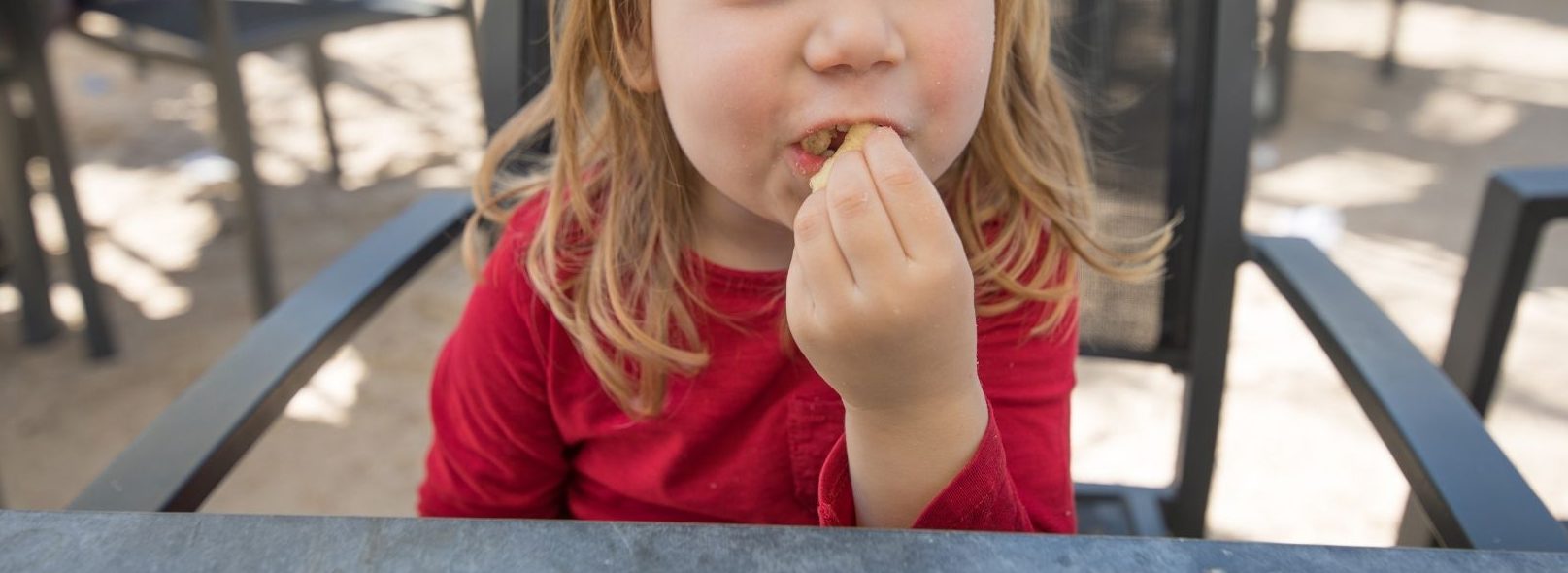Warning as toddler choking incidents rise

[Image Source: Pixabay]
17% increase in choking incidents in 2019/20
Kidsafe Victoria has issued a warning about the range of everyday items which can pose a choking hazard to children and encouraged all parents and carers to undertake a first aid course, in a bid to reduce the number of choking incidents.
The call comes as statistics from the Victorian Injury Surveillance Unit (VISU) show that 203 children aged 0-5 years were treated in hospital due to choking incidents in 2019/20 – a 17% increase from the previous year.
Kidsafe Victoria General Manager, Jason Chambers, highlighted that toddlers were particularly at risk of choking due to their natural curiosity.
“Young children commonly place objects into their mouth as a means of exploring the world and environment around them, however they don’t understand the danger that some items can pose”.
“Any object smaller than a 20 cent coin can become lodged in a child’s throat and obstruct their airway – that means we all have a wide range of potential choking hazards in our homes”.
The statistics from VISU also reveal that a common item involved in choking incidents for toddlers is food.
“Apples, grapes, popcorn, corn chips, nuts, dried fruit, lollies, raw vegetables, pieces of meat, marshmallows and sausages are all common types of foods that can pose a choking hazard for children”, said Mr Chambers.
Other common choking hazards around the home include coins, pen lids, button batteries, jewellery, marbles and other small toys or parts off of toys.
In the case of food, Kidsafe Victoria said that parents can make some relatively simple adjustments to how items are prepared to help reduce the risk.
“For babies and toddlers, popcorn, nuts, whole grapes, hard lollies, corn chips and other similar foods should be avoided. Other foods can be cooked, grated, mashed, minced or chopped up, to help reduce the risk”, Mr Chambers explained.
Dr Cathy McAdam, Head of General Paediatrics at Monash Children’s Hospital, highlighted the importance of all parents and carers being familiar with the first aid of a choking child.
“You don’t have time to wait for the ambulance. You must act immediately,” said Dr McAdam.
“Young children have smaller, softer airways that can easily become blocked. They have fewer teeth and are still learning to chew and swallow properly. They get easily distracted and may suddenly inhale a piece of food so you need to supervise them and minimise distractions during mealtimes. I strongly recommend sitting at the table to eat for all sorts of reasons whether it be a snack or a meal.”
“Be your child’s superhero and do a first aid course that focuses on first aid for kids. There are many around. You’ll find it fun, interesting and you may save a life one day!”
Kidsafe Victoria has released a list of tips to help prevent choking, urging all parents and carers to look around their homes for any items that may pose a hazard.
Kidsafe’s Top Tips to Prevent Choking:
- Ensure children sit while they are eating and always supervise them
- Avoid popcorn, nuts, whole grapes, hard lollies, corn chips or other similar foods
- Cook, grate or mash hard foods, including fruits and vegetables such as apples and carrots
- Cut sausages, frankfurts and other meats with coarse outer skins into small pieces and remove the skin
- Cut stringy meats such as chicken and steak into small pieces or mince them
- Anything smaller than a 20 cent coin can pose a choking hazard – keep these items out of the sight and reach of little hands
- When purchasing toys, always follow the age recommendations – these relate to the toys’ safety and not to the intelligence or capability of the child using the toy
- Keep older children’s toys away from younger children
For more information on how to prepare food safely, please refer to Kidsafe Victoria’s resources designed for each age and stage as a child grows: https://www.kidsafevic.com.au/ages-stages/
For first aid information in the event of a child choking, please watch this demonstration by Dr Cathy McAdam: https://www.youtube.com/watch?v=V8nrk6mu2Wg&feature=youtu.be

